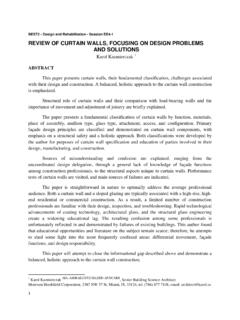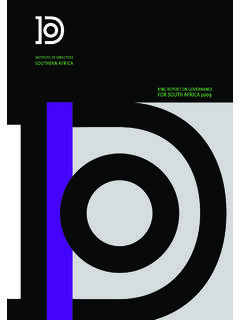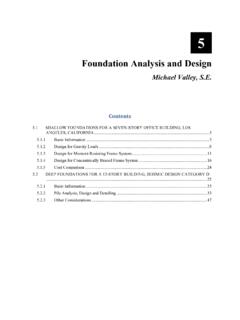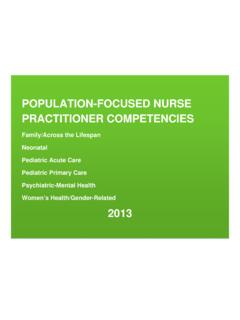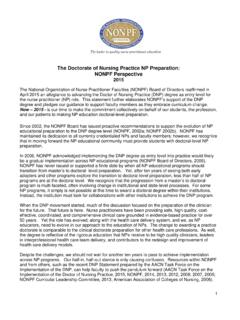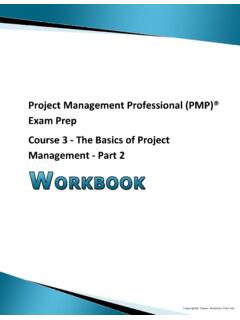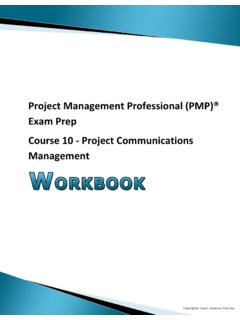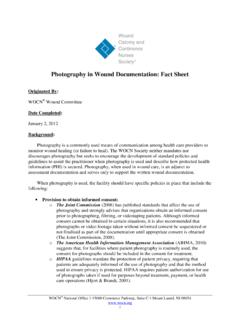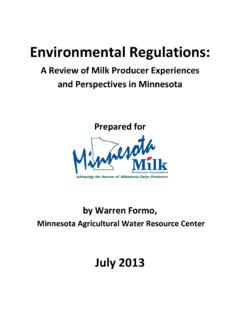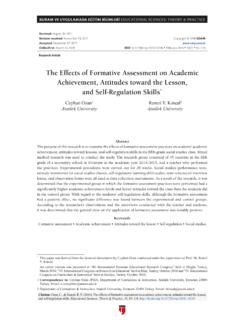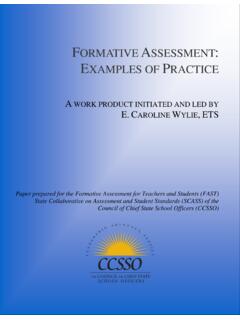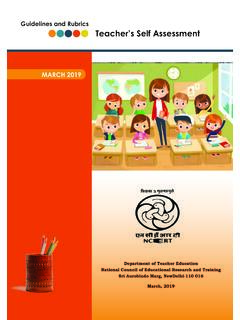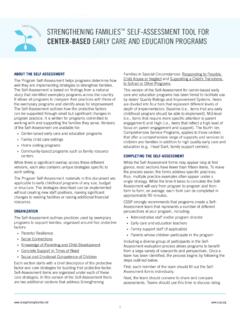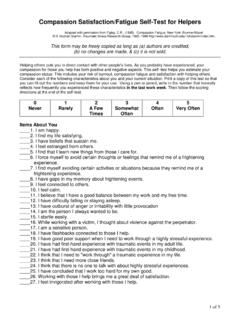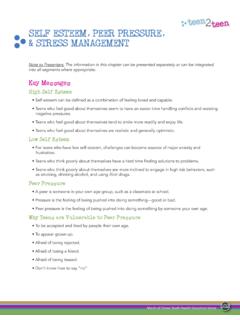Transcription of Assessment Resource Sheet: Family Measures
1 Assessment Resource Sheet: Family Measures Family Measures include Assessment tools spanning observational and self -report methods and fall into three broad Assessment categories: Family functioning, dyadic Family relationships, and Family functioning in the context of childhood chronic health conditions. This list of evidence-based Measures was originally published in the Journal of Pediatric Psychology (Alderfer et al., 2008). All Measures are classified as well-established, approaching well-established, or promising based upon criteria specified in that publication.
2 Many Measures deemed ''well-established'' in the general population to assess families are proving to be reliable and useful in pediatric samples. More evidence of the validity of Family Measures is needed in pediatric populations. Central references are cited with superscripts within the tables and immediate follow each table. Most Measures can be obtained by contacting the authors of the source paper; website addresses are provided in brackets where available. The general age range of respondents is included in parentheses.
3 For greater detail, please see the Supplemental Tables associated with the original publication. Family Functioning Assessments Well-established Approaching Well-established Promising Observational Coding Systems Beavers Interactional Scales (BIS):1 Competence Scale (BICS); Style Scale (BISS) (families with children of any age) X Circumplex Clinical Rating Scale (CCRS)3 (families of children of any age) X The System for Coding Interactions and Family Functioning (SCIFF)2 (families of children aged 5 to 12) X McMaster Clinical Rating Scale (MCRS)4, 5 (families of infants through adolescents) X Mealtime Interaction Coding System (MICS)6 (families of 1-6 year olds) X Iowa Family Interaction Rating Scales (IFIRS)
4 7, 8 (families of children aged 2 to young adulthood) X Circumplex Clinical Rating Scale (CCRS)3 (families of children of any age) X McMaster Clinical Rating Scale (MCRS)4, 5 (families of infants through adolescents) X self Report Questionnaires Family Assessment Device (FAD)4, 9 ( self -X report by ages 12+; 7-12 with modification) The Family Assessment Measure (FAM-III)11 ( self report by ages 10+) Family Relationship Index of the Family Environment Scale (FRI)14( self report by ages 11+) X Beavers self -Report Family Inventory (SFI)10 ( self -report by ages 11+) X The Family Environment Scale 3rd Edition (FES)12, 13 ( self report by ages 11+) X Kronenberger & Thompson Factor-analytic Component Scoring, Family Environment Scale15 ( self report by ages 11+) X Family Inventories Package.
5 16 Family Adaptability and Cohesion Evaluation Scale IV (FACES-IV); Family Communication Scale; Family Satisfaction Scale ( self -report by ages 12+) X Dyadic Family Relationships Assessments Well-established Approaching Well-established Promising Martial or Partner Relationships Locke-Wallace Marital Adjustment Test (MAT)17, 18 (parent report) X Dyadic Adjustment Scale (DAS)19 (parent report) X Marital Satisfaction Inventory-Revised (MSI-R)20 (parent report) X Parent-Child Relationships (Parenting) Revised Child Report of Parental Behavior Inventory (CRPBI-30)
6 21 ( self report by ages 8+) X Inventory of Parent and Peer Attachment (IPPA)22 (designed with ages 16-21; self -reports by ages 6+) X Issues Checklist (IC)23 (families of 11 to 17 year olds; self report by ages 11+) X Constraining and Enabling Coding System (CECS)24 (families of 11-19 year olds) X Sibling Relationships Sibling Relationship Questionnaire (SRQ)25 ( self report by 8-18 year olds) X Family Functioning in the Context of Childhood Chronic Medical Conditions Assessments Well-established Approaching Well-established Promising Normative Family Processes Autonomy & Intimacy Rating System (AIRS)26 (families of children aged 11-19)
7 X Impact of Medical Condition on Family Impact on Family Scale (IOF)27 (parent report) X Parents of Children with Disabilities Inventory (PCDI)28 (parent report) X Pediatric Inventory for Parents (PIP)29 (parent report) X Family Coping with Medical Condition Coping Health Inventory for Parents (CHIP)30 (parent report) X Family Coping Coding System (FCCS)31 (families with children of any age) X Family Narrative Consortium Coding System32 (families with children of any age) X 1. Beavers, & Hampson, (2003).
8 Measuring Family competence: The Beavers systems model. In F. Walsh (Ed) Normal Family Processes, 3rd edition (pp 549-580). New York, NY. Guilford Press. 2. Lindahl, , & Malik, (2001). The System for Coding Interactions and Family Functioning. In P. Kerig and K. M. Lindahl (Eds.), Family Observational Coding Systems (pp. 77-91). Mahwah, NJ: Erlbaum. 3. Olson, (1990). Family Circumplex Model: Theory, Assessment and intervention. Japanese Journal of Family Psychology, 4, 55-64 4. Epstein, , Bishop, , & Baldwin, (1982).
9 McMaster Model of Family Functioning: A view of the normal Family . In F. Walsh (Ed.), Normal Family Processes (pp 115-141). New York, NY. Guilford Press. 5. Miller, I., Kabacoff, R., Epstein, N. Bishop, D., Keitner, G., Baldwin, L., & van der Spuy, H. (1994). The development of a clinical rating scale for the McMaster Model of Family Functioning. Family Process, 33, 53 -69. 6. Dickstein, S., Hayden, , Schiller, M., Seifer, R., & San Antonio, W. (1994) Providence Family Study mealtime Family interaction coding system.
10 Adapted from the McMaster Clinical Rating Scale. East Providence, RI: E. P. Bradley Hospital. 7. Melby, & Conger, (2001). The Iowa Family Interaction Rating Scales: Instrument summary. In P. Kerig and K. M. Lindahl (Eds.), Family Observational Coding Systems (pp. 33-58). Mahwah, NJ: Erlbaum. 8. Melby, , Conger, , Book, R., Rueter, M., Lucy, L., Repinski, D. et al. (1998.) The Iowa Family Interaction Rating scales (5th ed) Unpublished manuscript, Institute for Social & Behavioral Research, Iowa State University, Ames.
